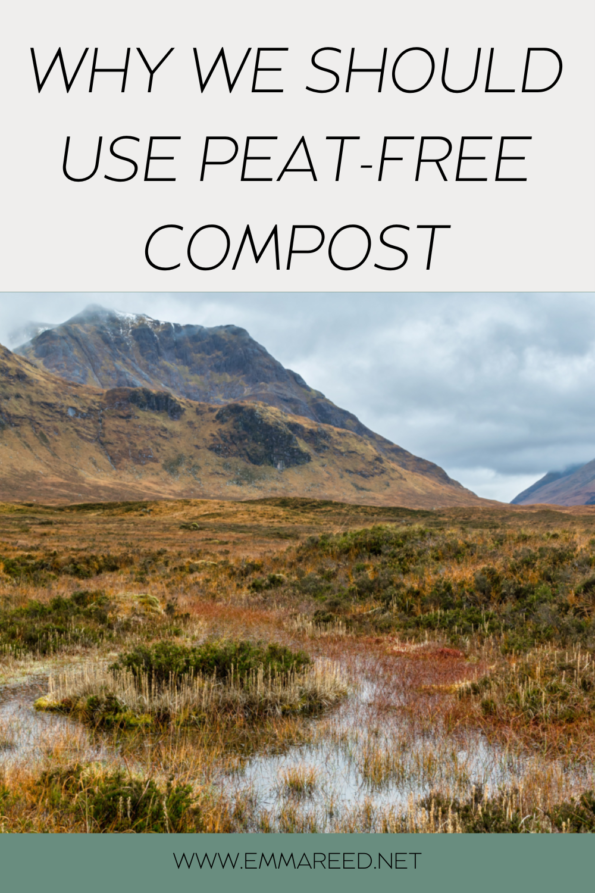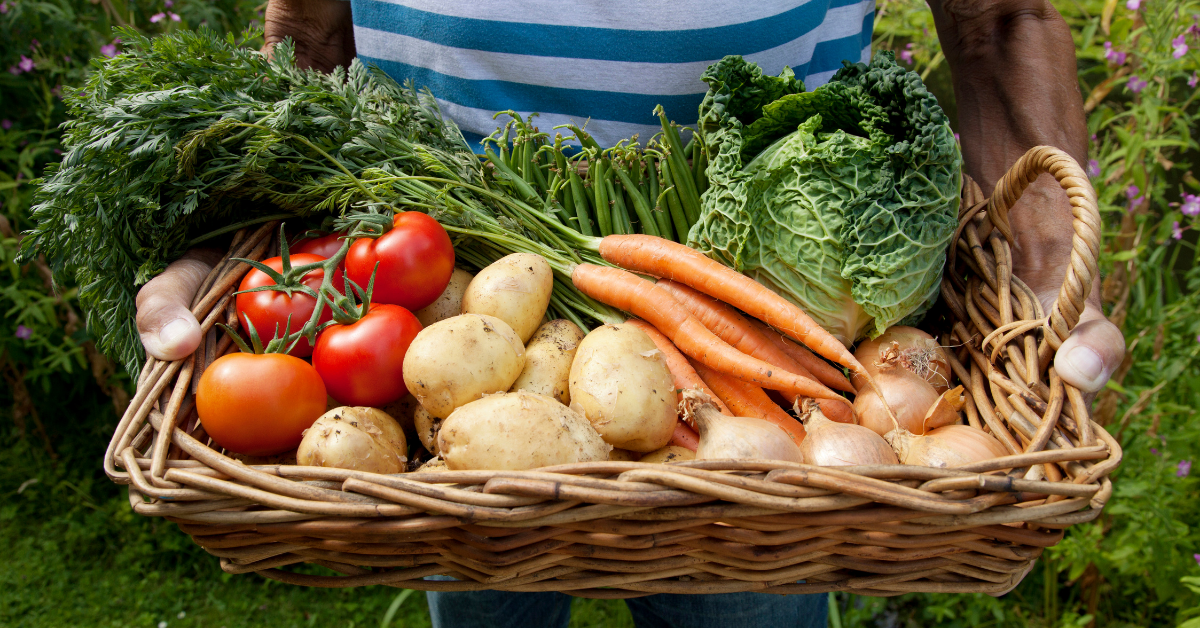
Why We Should Use Peat-Free Compost

*Affiliate Links
By now I am sure that most of you would have heard about peat-free compost? It comes up quite regularly in the news, on gardening shows and in articles/discussions about climate change but do you really know what it is, why we should be avoiding peat and how peat is important for our environment? If you answered no to any of these read on to find out more…
What is Peat?
Peat is an accumulation of partially decomposed plant and organic matter that has been highly compressed to create a rich, dark, nutrient-bursting soil. The process is slow but it is worth it as we get to see the amazing results in the form of beautiful peat bogs and moors. Due to its composition, peat makes for an excellent addition to compost to aid plant growth, it has been used in the past as a heat source (peat burns well) and it has been popular in agricultural businesses. However, as you will soon see, peat is best left where it is.
Why are Peatlands Important?
Peat takes a long time to build up, in a year it will only grow by around 1 millimetre so when you see vast peatlands and bogs – that are around 10 metres deep – these would have taken thousands of years to become established. You may see the plants, water, flowers and wildlife but so much more is going on behind the scenes of these natural wonders.
Peatlands are carbon stores, HUGE carbon stores.
“Peatlands around the world hold twice as much carbon than the world’s forests, while offering precious habitats for vital wildlife and plant species, as well as preserving high-quality archaeological sites”
National Trust
As soon as we start to dig up these precious areas, we release the carbon that is being stored and destroy something that takes in the carbon that we create… Just devastating, isn’t it?

On top of being carbon-fighting warriors, peatlands are also a natural form of water purification and flood protection. They are basically like a huge sponge, they soak up the excess water and then when they release it, it is filtered. Isn’t nature clever?!
Healthy peat bogs can soak up a tonne of CO2 per hectare per year
(whereas the same area of damaged peat soils can release up to 38 tonnes of CO2 per year)
For Peat’s Sake
Peat for Climate Change!
As you can see, we need peat to help to tackle climate change which means protecting it is vital. There have been many attempts over the years to stop the use of peat in the compost we purchase for gardening by organisations like Friends of The Earth, the RSPB and Wildlife Trusts. There has been progress and more so now thanks to the message being spread across the internet and social media. In 2011 the UK government set voluntary targets to phase out peat use in our gardens by 2020 and by the professional horticulture industry by 2030 however, without proper reinforcement this hasn’t yet happened. They are now looking at 2024 as a new target for compost use. However, with HS2 going ahead we will see the devastation of some of these vital peat bogs/lands to make way for the track… So it seems they are trying with one hand but taking away with the other. Chris Packham included a vast amount of evidence against HS2 in his court case which included the destruction of land like this but even he couldn’t win. The battle to protect peat lands goes on and it is down to us to stop using it, to sign those petitions and raise awareness of these huge carbon stores, these wonderful wildlife habitats and important flood protectors.
How You Can Go Peat-Free
- Check that any compost you buy states it is peat-free
- Shop with reputable peat-free companies such as For Peat’s Sake
- Make your own compost at home – it’s actually pretty simple you can find my composting tips in this blog here
- Only buy plants that have been grown in peat-free compost
- Sow seeds directly into your garden soil to reduce the need for compost
- Leave the leaves and natural debris on your plant beds to create your own nutrient-rich mulch
Going peat-free really is a no-brainer and the more of us who stop buying compost that contains it and the more of us who speak up and raise awareness the better the result will be for our environment.

*This post contains affiliate links which means I will get a payment for each sale but you will not be affected. For further information please refer to my disclosure page.
Pin for later:





